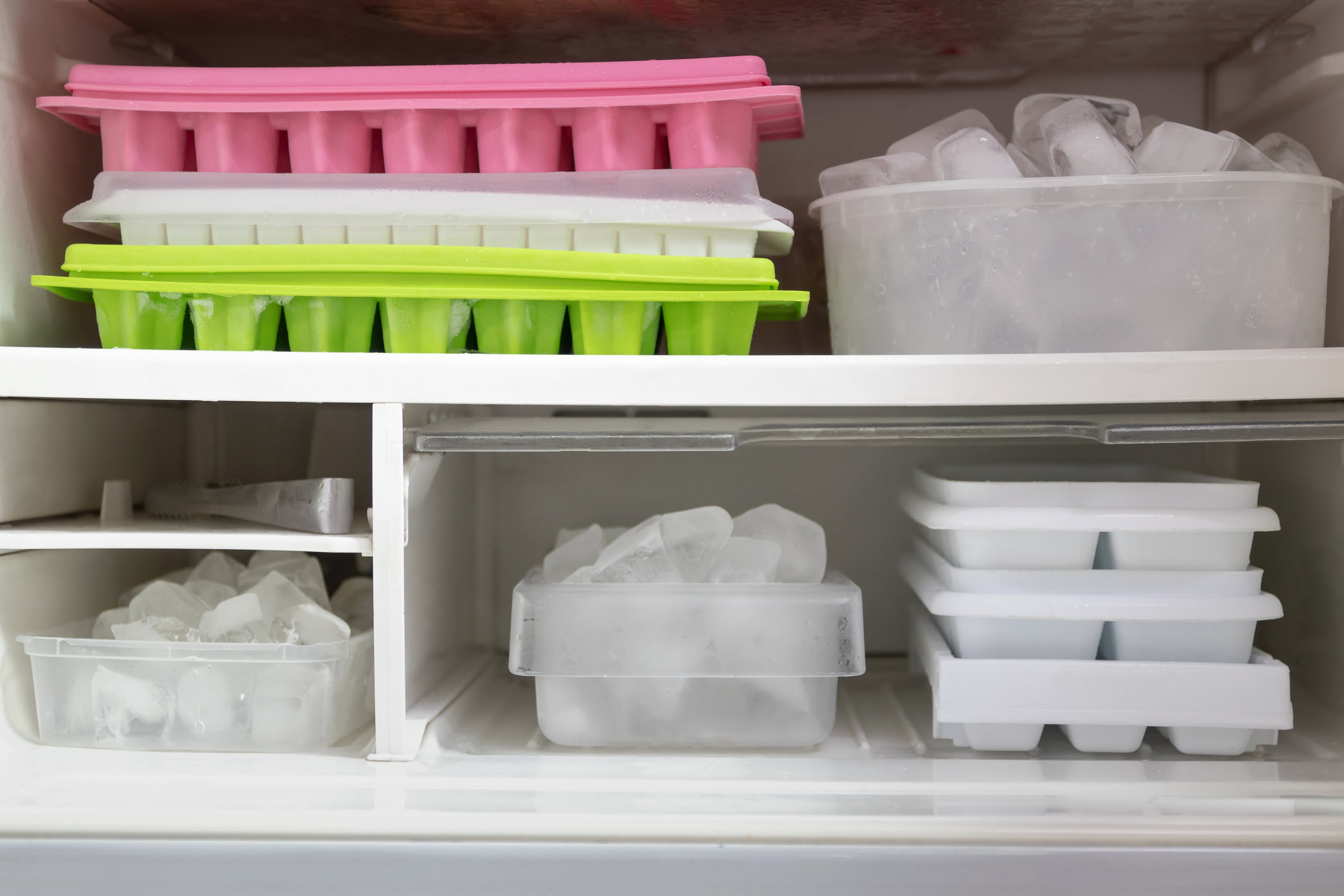

Articles
How To Store Ice Cubes In Freezer
Modified: January 18, 2024
Learn the best way to store ice cubes in your freezer with our informative articles. Keep your ice fresh and ready for any occasion.
(Many of the links in this article redirect to a specific reviewed product. Your purchase of these products through affiliate links helps to generate commission for Storables.com, at no extra cost. Learn more)
Introduction
Ice cubes are a must-have for any cold beverage, whether you’re sipping on a refreshing iced tea or enjoying a frosty cocktail. But storing ice cubes in the freezer can sometimes be a challenge. If not done properly, they can end up clumped together or even absorb unpleasant freezer odors.
However, with a few simple techniques and the right equipment, you can easily store ice cubes in your freezer, ensuring they remain fresh and readily available for your next cold drink. In this article, we’ll explore the step-by-step process for storing ice cubes in the freezer, as well as some helpful tips to maximize freezer space and prevent freezer odors.
So let’s get started and make sure you have a constant supply of perfectly frozen ice cubes at your fingertips!
Key Takeaways:
- Choose the right ice cube tray to suit your needs, whether it’s traditional plastic, silicone, stackable, or convenient ice cube bags. Experiment with different options for the perfect ice storage solution.
- Keep your ice cubes fresh and organized by using airtight containers, labeling and dating them, and maximizing freezer space. Get creative with flavored ice cubes and enjoy hassle-free access to perfectly chilled drinks.
Read more: How To Store Ice Cubes
Selecting the Right Ice Cube Tray
When it comes to storing ice cubes, selecting the right ice cube tray is crucial. There are several types of ice cube trays available on the market, each with its own benefits and drawbacks. Here are a few options to consider:
- Traditional Plastic Trays: These trays are the most common and affordable option. They typically have space for around 12 cubes and a flexible bottom, making it easier to release the ice. However, they may be prone to cracking over time.
- Silicone Trays: Silicone ice cube trays are becoming increasingly popular due to their flexibility, which makes it effortless to remove the cubes. They are also durable and resistant to cracking. Silicone trays are available in various shapes and sizes, allowing you to get creative with your ice cubes.
- Stackable Trays: If you have limited freezer space, consider opting for stackable ice cube trays. These trays have a unique design that allows them to neatly stack on top of one another, maximizing space efficiency.
- Ice Cube Bags: Another convenient option is to use ice cube bags. These are essentially plastic bags with pre-measured slots for filling water. Once the water freezes, you can easily break apart the cubes by squeezing the bag.
Ultimately, the choice between these options depends on your preference, budget, and available freezer space. Experiment with different types of trays to find the one that best suits your needs.
Filling the Ice Cube Tray
Now that you’ve selected the right ice cube tray, it’s time to fill it with water. Follow these steps for proper filling:
- Use Filtered Water: Start by using filtered water to ensure clean and clear ice cubes. Tap water may contain impurities that can affect the taste and quality of the ice.
- Avoid Overfilling: Fill each compartment of the ice cube tray with water, leaving a small gap at the top. As the water freezes, it will expand and require some space to prevent spills and messes in the freezer.
- Avoid Underfilling: On the other hand, be sure not to underfill the tray. This can lead to small, incomplete ice cubes that may melt quickly and dilute your beverages.
- Level the Tray: Once filled, carefully move the tray back and forth to level the water in each compartment. This helps to ensure uniform and evenly sized ice cubes.
Some ice cube trays come with a lid or cover, which can help prevent spills while moving the tray to the freezer. If your tray doesn’t have a lid, you can also place a plastic wrap or aluminum foil over the top to provide some protection.
Remember not to fill the tray with too much water, as it may overflow when you put it in the freezer. Aim for a balanced and precise amount of water in each compartment for the best results.
Leveling and Removing Excess Water
After filling the ice cube tray with water, it’s important to level the tray and remove any excess water. Here’s how you can do it:
- Leveling: Place the tray on a stable surface, such as a countertop or table. Slowly move the tray back and forth to distribute the water evenly across each compartment. This ensures that the ice cubes freeze uniformly and have a consistent size.
- Removing Excess Water: If you accidentally overfilled the tray and there is excess water in the compartments, use a small spoon or paper towel to carefully remove it. Gently dab the spoon or paper towel in each compartment to soak up the extra water without disturbing the filled spaces.
Be sure to handle the tray with care during this process to prevent accidental spills or knocking the water out of the compartments. Once the water is leveled and any excess is removed, the ice cube tray is ready to be placed in the freezer.
Remember that leveling the tray helps ensure that the ice cubes freeze evenly and have a consistent shape and size. This will make it easier to use and dispense the ice cubes when needed, providing a more enjoyable and hassle-free experience.
Placing the Ice Cube Tray in the Freezer
Now that your ice cube tray is filled and leveled, it’s time to put it in the freezer. Follow these steps to ensure proper placement:
- Choose a Flat Surface: Select a flat and stable surface in your freezer to place the ice cube tray. This can be a freezer shelf or a flat area in the freezer compartment.
- Avoid Overcrowding: Ensure that there is enough space around the ice cube tray, allowing air to circulate freely. Overcrowding the freezer can inhibit the freezing process and result in slower ice cube formation.
- Keep the Tray Upright: Place the ice cube tray in an upright position. This prevents water from spilling out of the compartments and ensures that the cubes freeze in the correct shape.
It’s also important to note that the ideal freezer temperature for ice cube formation is 0°F (-18°C). This temperature ensures that the water freezes quickly and produces solid ice cubes that don’t melt too fast when added to beverages.
Allow the ice cube tray to sit undisturbed in the freezer for at least four to six hours, or until the ice cubes are completely frozen. The exact freezing time may vary depending on the temperature settings of your freezer and the volume of water in the tray.
Once the ice cubes are fully frozen, you can move on to the next steps of storing and organizing them to ensure long-lasting freshness and accessibility.
Preventing Freezer Odor
One common concern when storing ice cubes in the freezer is the potential for them to pick up unpleasant odors. To prevent this, follow these tips:
- Good Food Storage Practices: Properly seal all food items in airtight containers or freezer bags. This helps prevent strong food odors from permeating the freezer and affecting the ice cubes.
- Use Baking Soda: Placing an open box of baking soda in the freezer helps absorb odors and keep the air fresh. Replace the box every three months to maintain its effectiveness.
- Clean the Freezer Regularly: Regularly clean your freezer to remove any spills or food debris that may contribute to odor buildup. Use a mild cleaning solution and warm water to wipe down the interior surfaces.
- Avoid Strong-Smelling Foods: Try to avoid storing strongly scented foods, such as onions or garlic, near the ice cubes. These foods can transfer their odors to the ice and impact the taste of your beverages.
- Keep the Freezer Well-Organized: Keep your freezer well-organized and utilize storage bins or baskets to separate different food items. This helps minimize cross-contamination and reduces the chance of odors transferring to the ice cubes.
By following these preventive measures, you can keep your ice cubes fresh, odor-free, and ready to enhance the flavors of your favorite chilled drinks.
To prevent ice cubes from sticking together in the freezer, try placing them in a resealable plastic bag before storing. Squeezing out excess air before sealing the bag can also help prevent freezer burn.
Removing the Ice Cubes from the Tray
Once the ice cubes are fully frozen, it’s time to remove them from the tray. Follow these steps to ensure easy and successful removal:
- Take Out the Tray: Carefully remove the ice cube tray from the freezer. Set it on a stable surface, such as a countertop or table.
- Prep the Tray: If the tray has a flexible bottom or silicone material, gently twist or flex the tray to loosen the ice cubes. This will help release them from the compartments more easily.
- Use Warm Water: If the tray is made of rigid plastic and the cubes are stuck, run warm water over the bottom of the tray for a few seconds. This will help melt the surface of the cubes slightly, allowing for easier release.
- Invert and Tap: Turn the tray upside down over a clean surface and gently tap the top or give it a light shake. The ice cubes should start to loosen and fall out of the compartments.
- Remove Remaining Cubes: If there are still some ice cubes stuck in the tray, use a small spoon or your fingers to gently pry them out. Be careful not to use excessive force to avoid breaking the cubes or damaging the tray.
With these steps, you should be able to remove the ice cubes from the tray without any hassle. If you’re using a silicone tray, the cubes should pop out easily. For plastic trays, a little warm water and a gentle tap should do the trick.
Now that you have the ice cubes ready, it’s time to transfer them to a suitable container for storage and long-term preservation.
Storing Ice Cubes in a Container
Once you’ve removed the ice cubes from the tray, it’s important to transfer them to a suitable container for long-term storage. Follow these steps to effectively store your ice cubes:
- Select a Container: Choose a container that is specifically designed for freezer storage. Look for containers that are airtight and made from food-grade materials to ensure the ice cubes stay fresh and free from any contamination.
- Consider Ice Cube Bags: Another option is to transfer the ice cubes into ice cube bags. These bags are specifically designed for storing ice cubes and are typically made from durable, freezer-safe materials. They are convenient for portioning and are especially useful if you need to transport the ice cubes or if you have limited freezer space.
- Fill the Container: Transfer the ice cubes into the container or bags, ensuring that you leave a little space at the top to allow for expansion as the ice cubes freeze. Be sure to handle the ice cubes carefully to avoid breakage.
- Airtight Seal: Ensure that the container or bags are properly sealed to prevent air or moisture from entering and causing freezer burn or ice cube dehydration.
By storing the ice cubes in a suitable container, you can maintain their freshness and quality for an extended period. Airtight containers or dedicated ice cube bags help protect the ice cubes from absorbing unwanted odors and maintain their taste and texture.
It’s also worth noting that if you have excess ice cubes that you don’t need immediately, you can store them in the container in the freezer for future use. This way, you’ll always have a readily available supply of ice cubes whenever you need them.
Labeling and Dating the Container
When storing ice cubes in a container, it’s important to label and date the container. This simple step can help you keep track of the freshness of the ice cubes and ensure you use them in a timely manner. Here’s why and how to label and date the container:
- Freshness: Ice cubes can lose their quality over time, so it’s essential to know when they were stored. Labeling the container with the date allows you to easily track their freshness and prioritize using them accordingly.
- Rotation: By labeling the container, you can practice a first-in, first-out (FIFO) system. This means using the oldest ice cubes first and ensuring that none of them go to waste due to prolonged storage.
- Identification: If you have multiple containers of ice cubes in the freezer, labeling them helps you easily identify which container to grab when you need ice cubes for your drinks.
When labeling the container, use a waterproof marker or tape. Write the date clearly on the container, indicating when the ice cubes were stored. You can also include any additional notes or descriptions if desired, such as the quantity of ice cubes or the type of water used.
By practicing proper labeling and dating, you can ensure that your ice cubes are always fresh, organized, and used before they begin to deteriorate in quality. This allows you to enjoy the best results when adding them to your favorite beverages.
Read more: How To Store Ice In Freezer
Maximizing Freezer Space for Ice Storage
When it comes to storing ice cubes in your freezer, maximizing space is essential. Here are some tips to help you make the most of your freezer’s capacity:
- Organize and Declutter: Start by decluttering your freezer and organizing its contents. Remove any unnecessary items or expired food to free up space for ice cube storage.
- Use Stackable Containers: Consider using stackable containers or bins specifically designed for freezer storage. These can help you efficiently utilize vertical space and prevent items from toppling over.
- Utilize Freezer Door Pockets: The door pockets in many freezers are perfect for storing smaller items, including ice cube bags or smaller containers. Take advantage of these pockets to maximize space within your freezer.
- Consider Freezer Trays or Shelves: Some freezers come with adjustable trays or shelves. Adjust them to create extra space for storing larger containers of ice cubes.
- Use the Ice Cube Dispenser (if available): If your freezer has an ice cube dispenser, make sure to use it efficiently. Regularly empty the dispenser into a designated ice cube storage container and refill it to ensure a continuous supply of ice cubes.
Remember to leave some space around your ice cubes to allow for proper airflow and efficient freezing. Avoid overcrowding the freezer, as this can impede the freezing process and ultimately affect the quality of your ice cubes.
By implementing these space-maximizing strategies, you can ensure that your freezer is optimized for ice cube storage. This will make it easier to maintain a steady supply of ice cubes while efficiently utilizing the available space in your freezer.
Tips for Using and Organizing Ice Cubes
Now that you have stored your ice cubes in the freezer, here are some helpful tips for using and organizing them:
- Properly portion ice cubes: When using ice cubes, it’s important to consider the size and quantity needed for your drinks. Larger cubes are ideal for beverages that you want to keep chilled for longer periods, while smaller cubes work well for quick cooling.
- Use an ice bucket for entertaining: If you’re hosting a gathering or party, consider using an ice bucket to keep a large quantity of ice cubes handy. This allows guests to easily help themselves and ensures that the cubes stay frozen longer.
- Store in small portions: To prevent ice cubes from clumping together, consider storing them in smaller portions. This makes it easier to grab just the right amount of ice cubes you need without having to break apart a large block.
- Create flavored ice cubes: Add a twist to your beverages by making flavored ice cubes. You can infuse them with herbs, fruits, or even coffee to enhance the taste and presentation of your drinks.
- Use ice cube trays for food storage: Ice cube trays aren’t just for making ice cubes! You can also utilize them to freeze and store small portions of leftover ingredients like fresh herbs, sauces, or baby food.
- Regularly rotate ice cubes: To ensure that your ice cubes remain fresh and don’t develop freezer burn, practice regular rotation. Use the older cubes first and replenish your supply with freshly made ones.
- Experiment with different shapes and sizes: Don’t limit yourself to standard square-shaped ice cubes. Get creative with different molds and trays to make ice cubes in various shapes and sizes. This can add a fun and unique touch to your drinks.
By following these tips, you can make the most of your ice cubes, enhance your beverage experience, and keep your freezer well-organized for easy access to ice whenever you need it.
Frequently Asked Questions about How To Store Ice Cubes In Freezer
Was this page helpful?
At Storables.com, we guarantee accurate and reliable information. Our content, validated by Expert Board Contributors, is crafted following stringent Editorial Policies. We're committed to providing you with well-researched, expert-backed insights for all your informational needs.
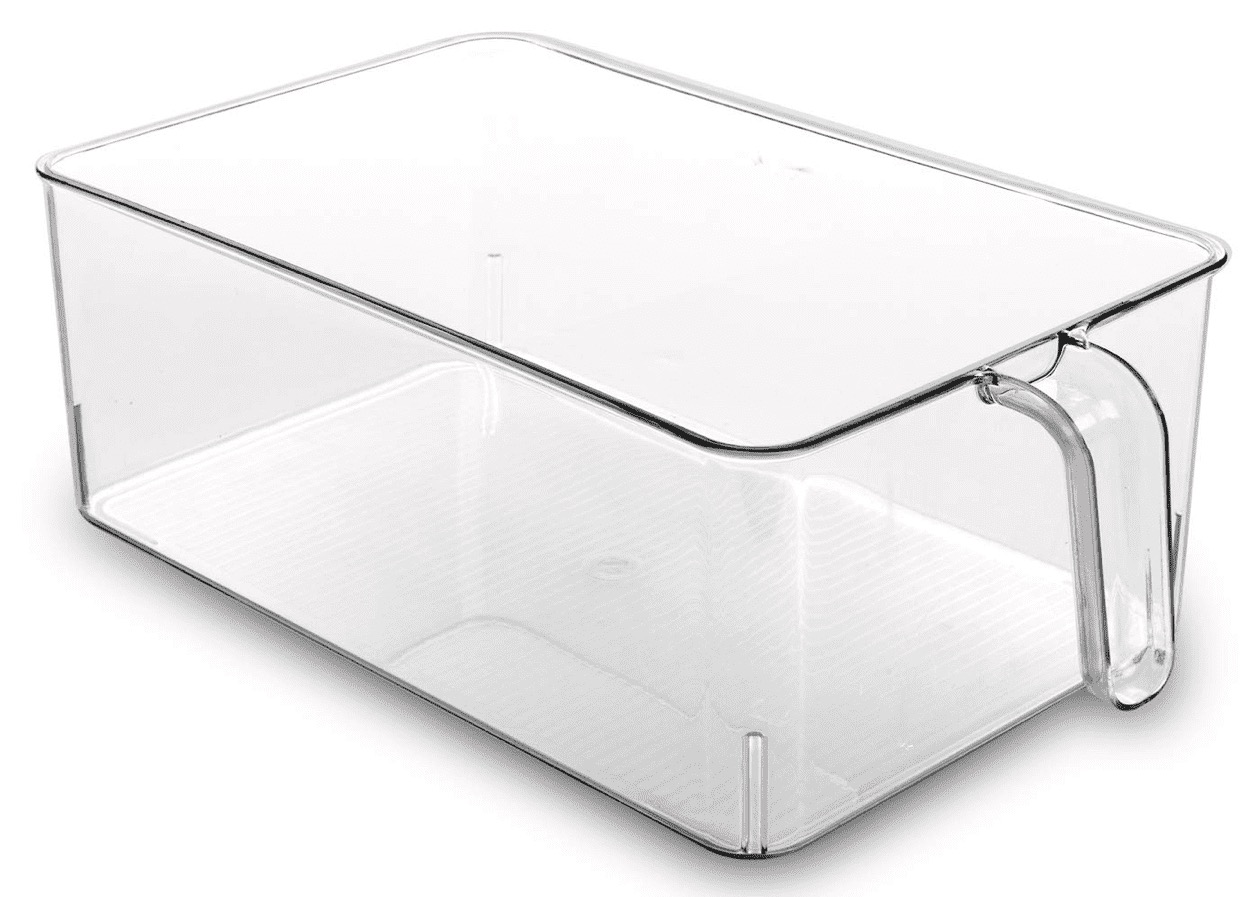
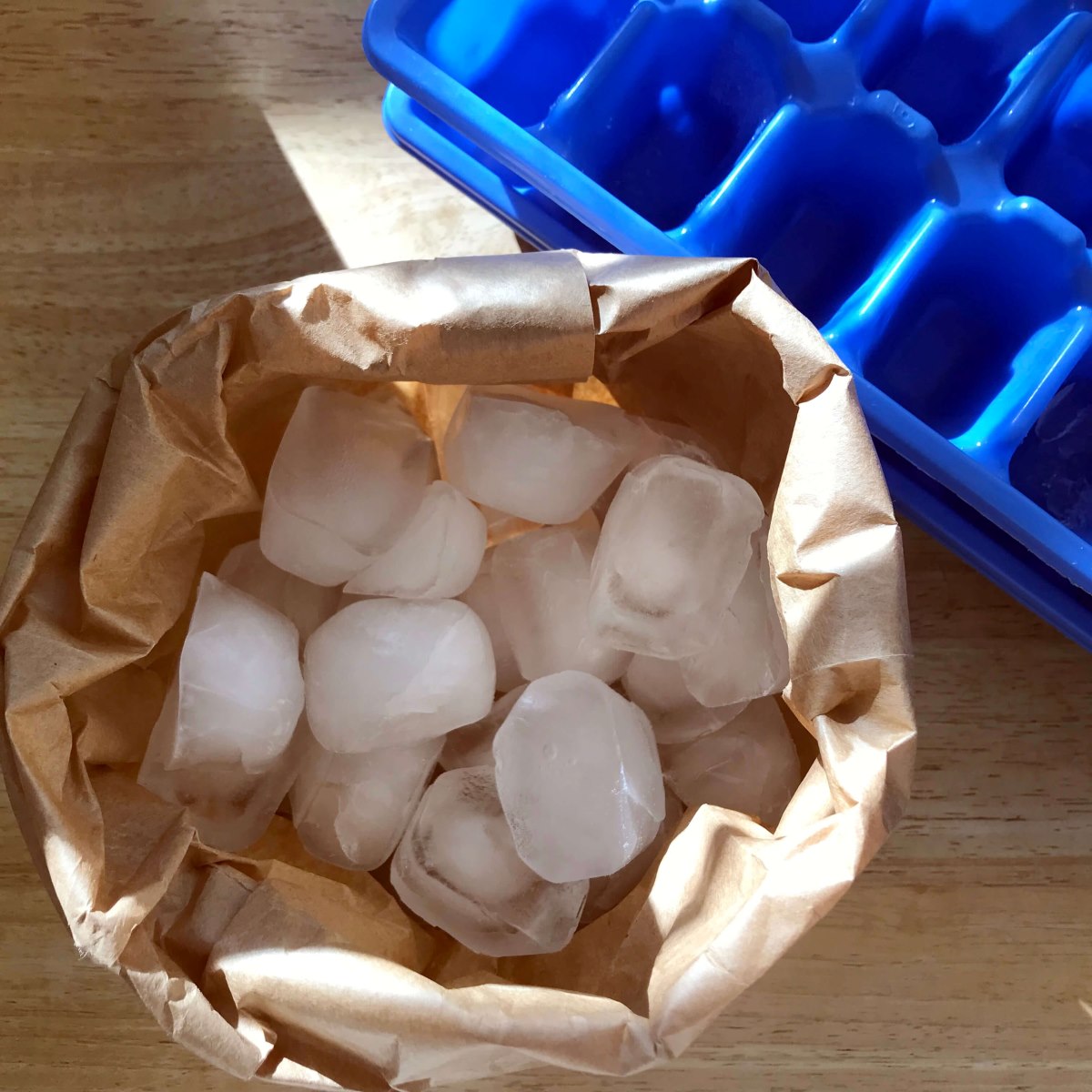
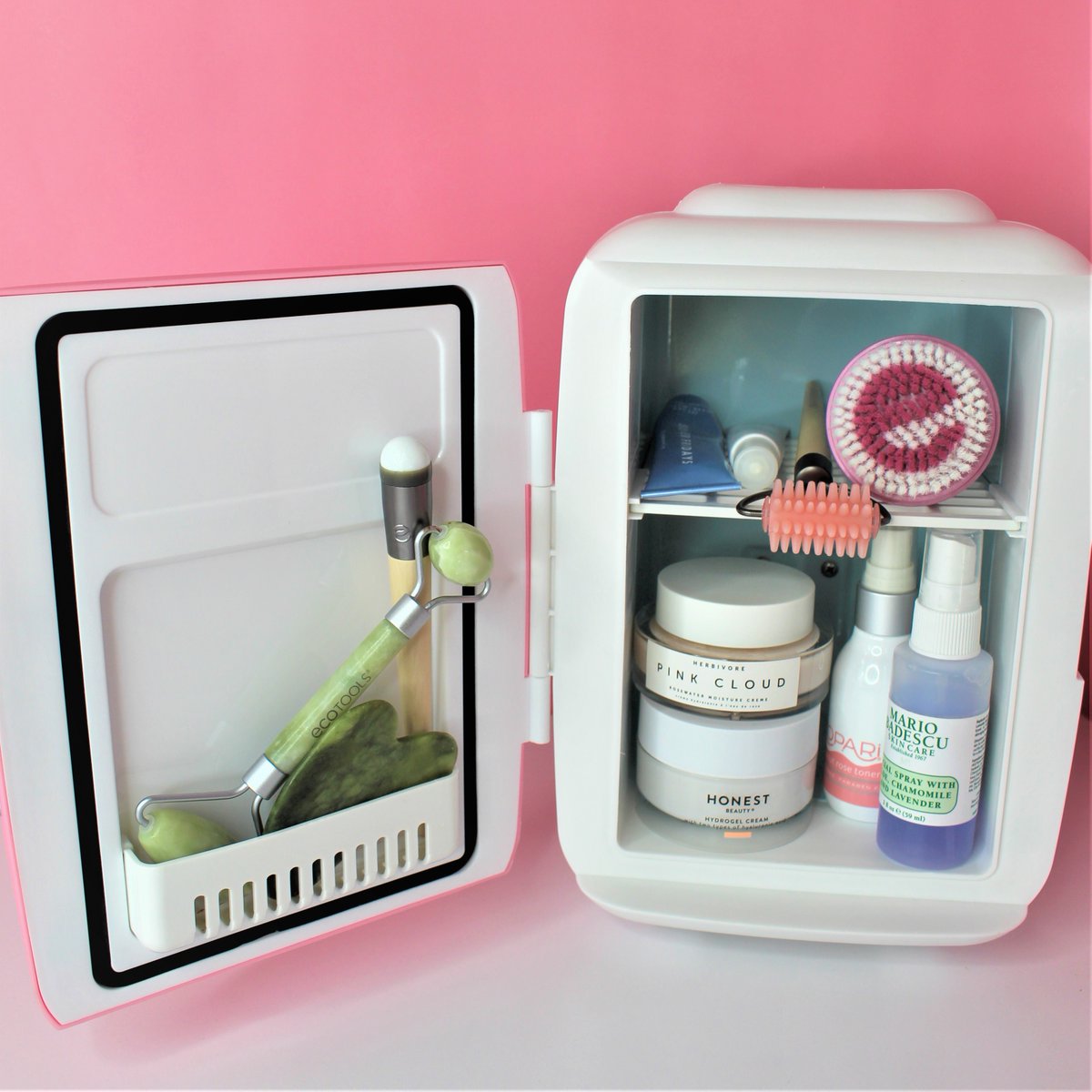
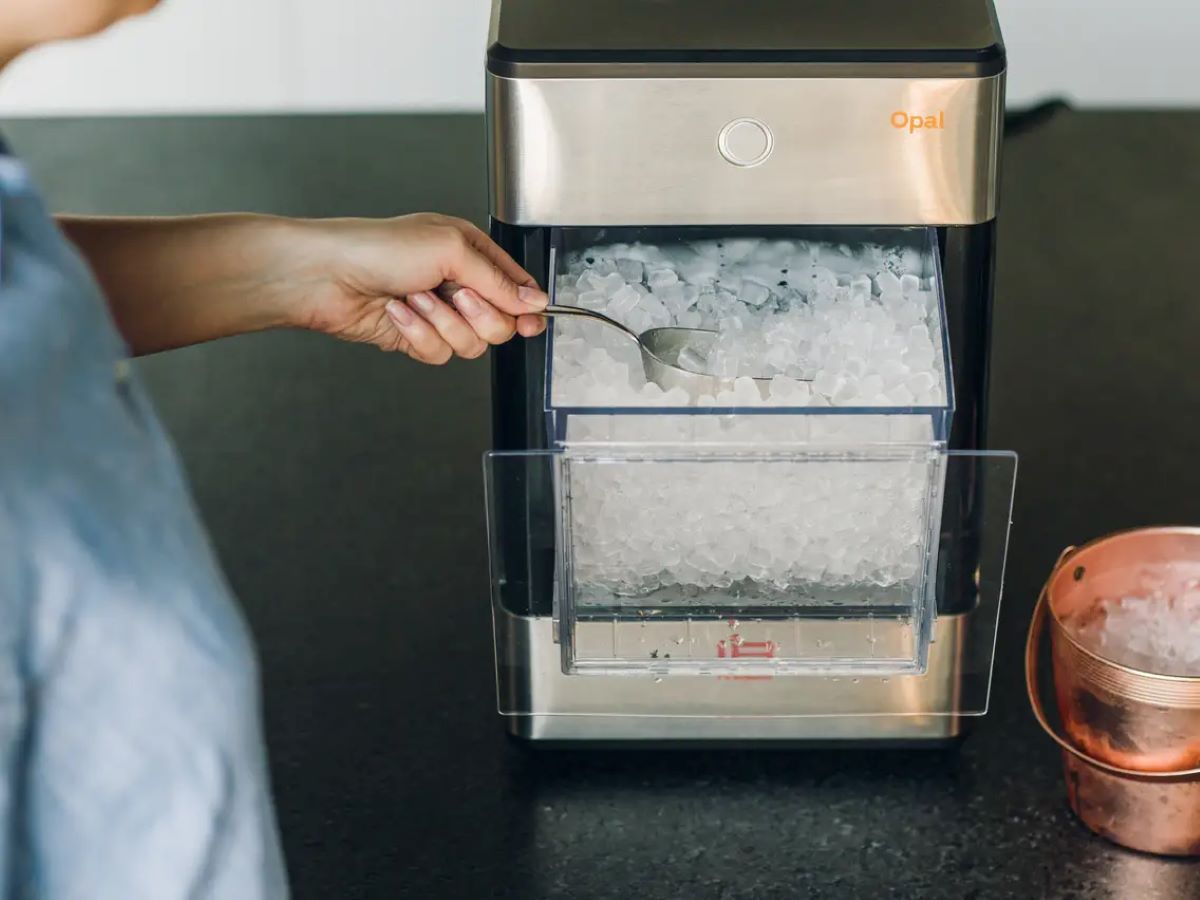
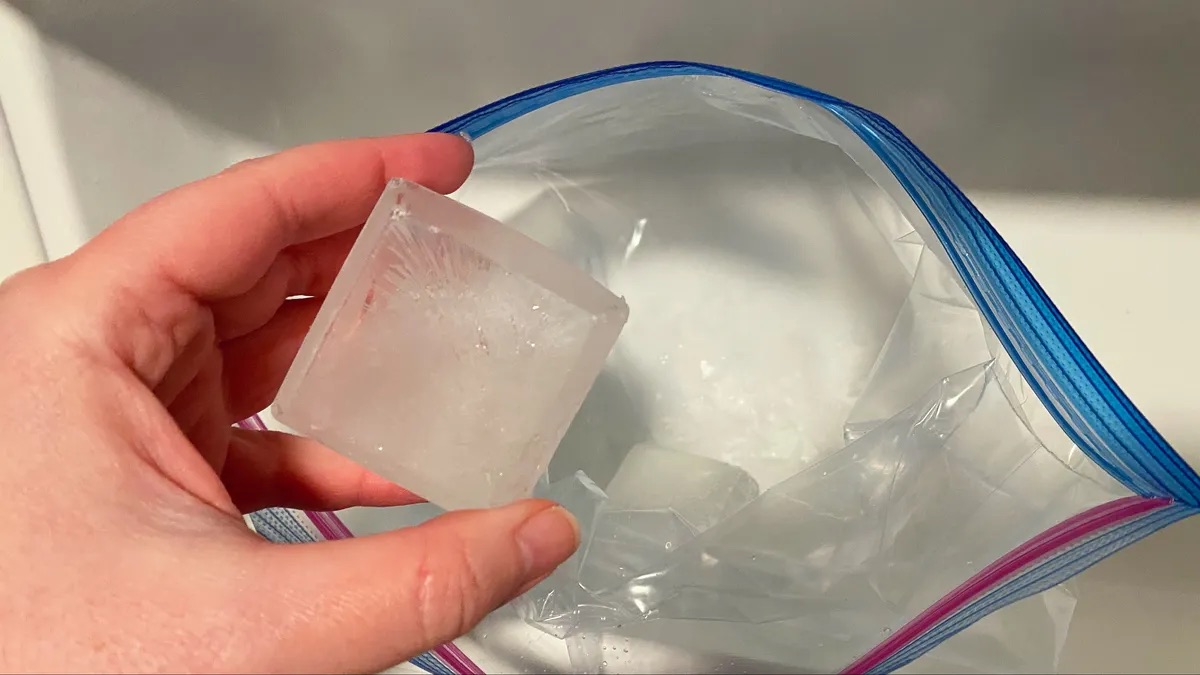
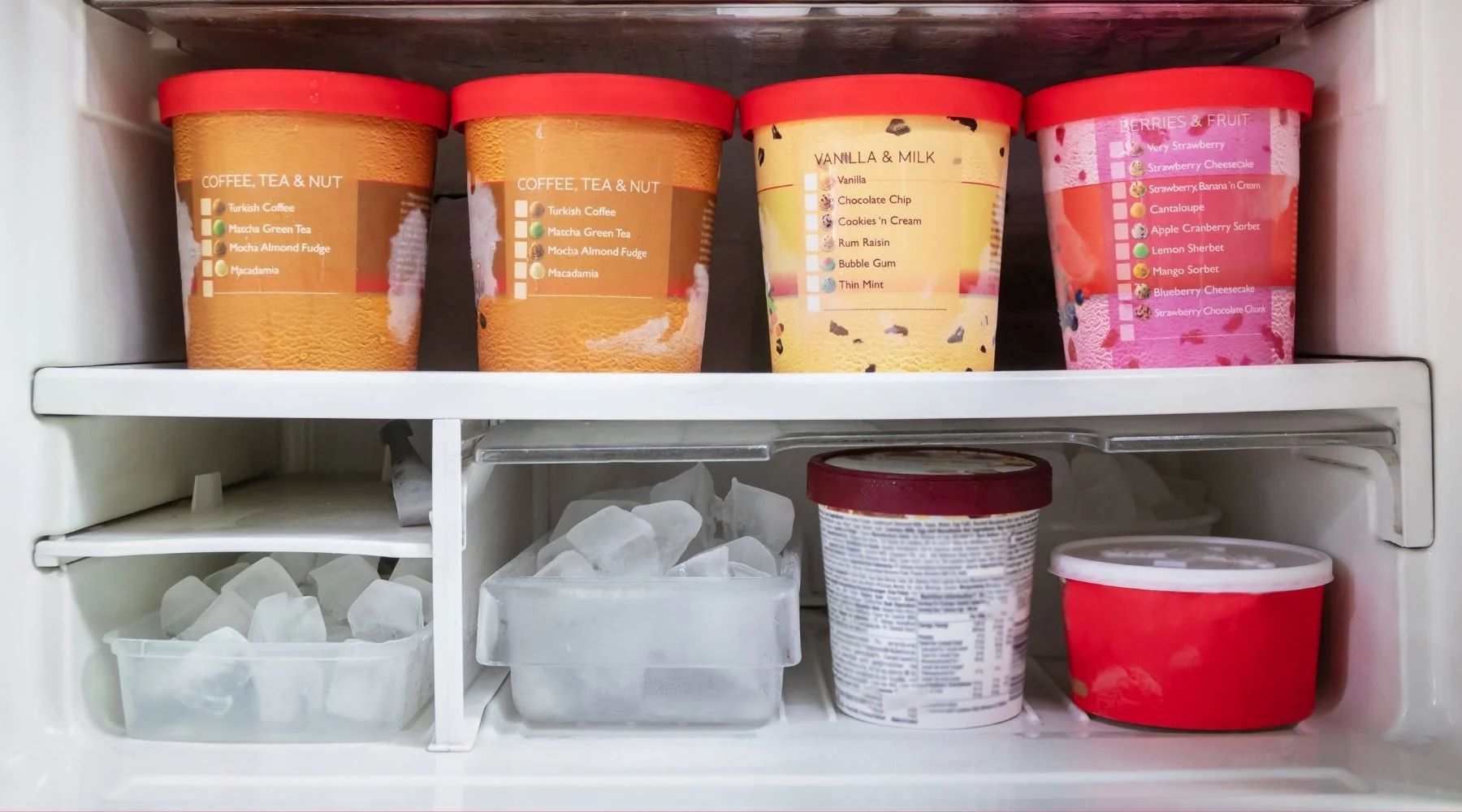
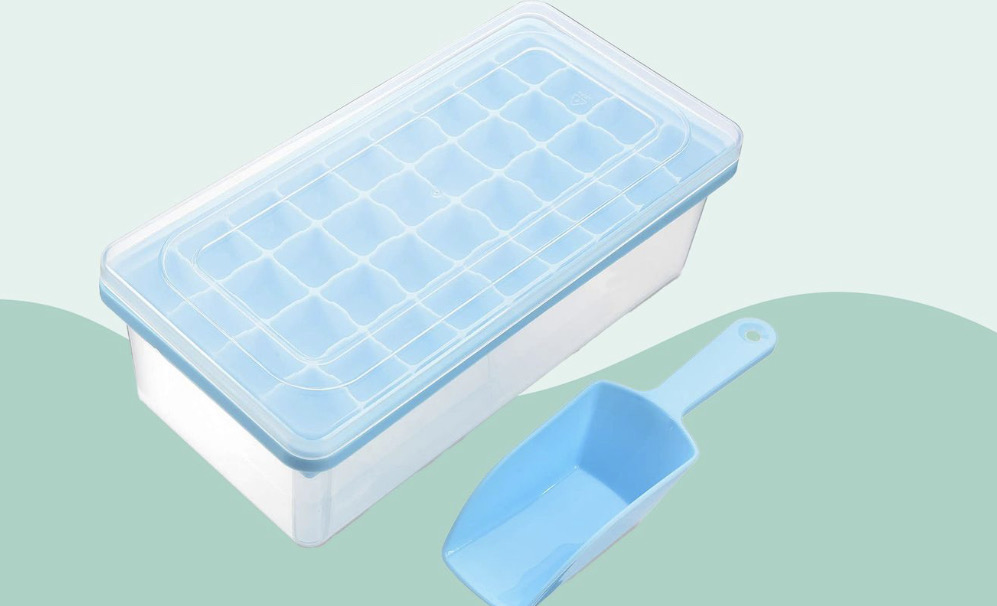
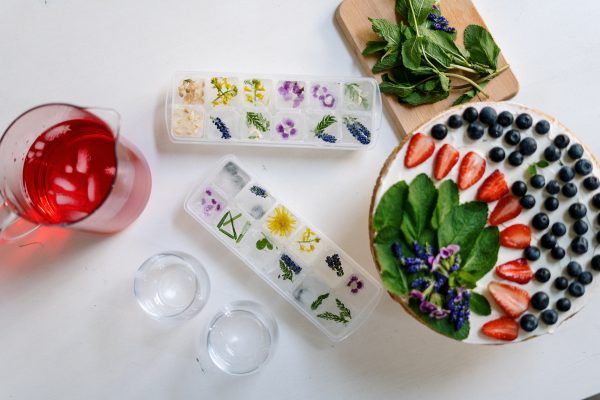
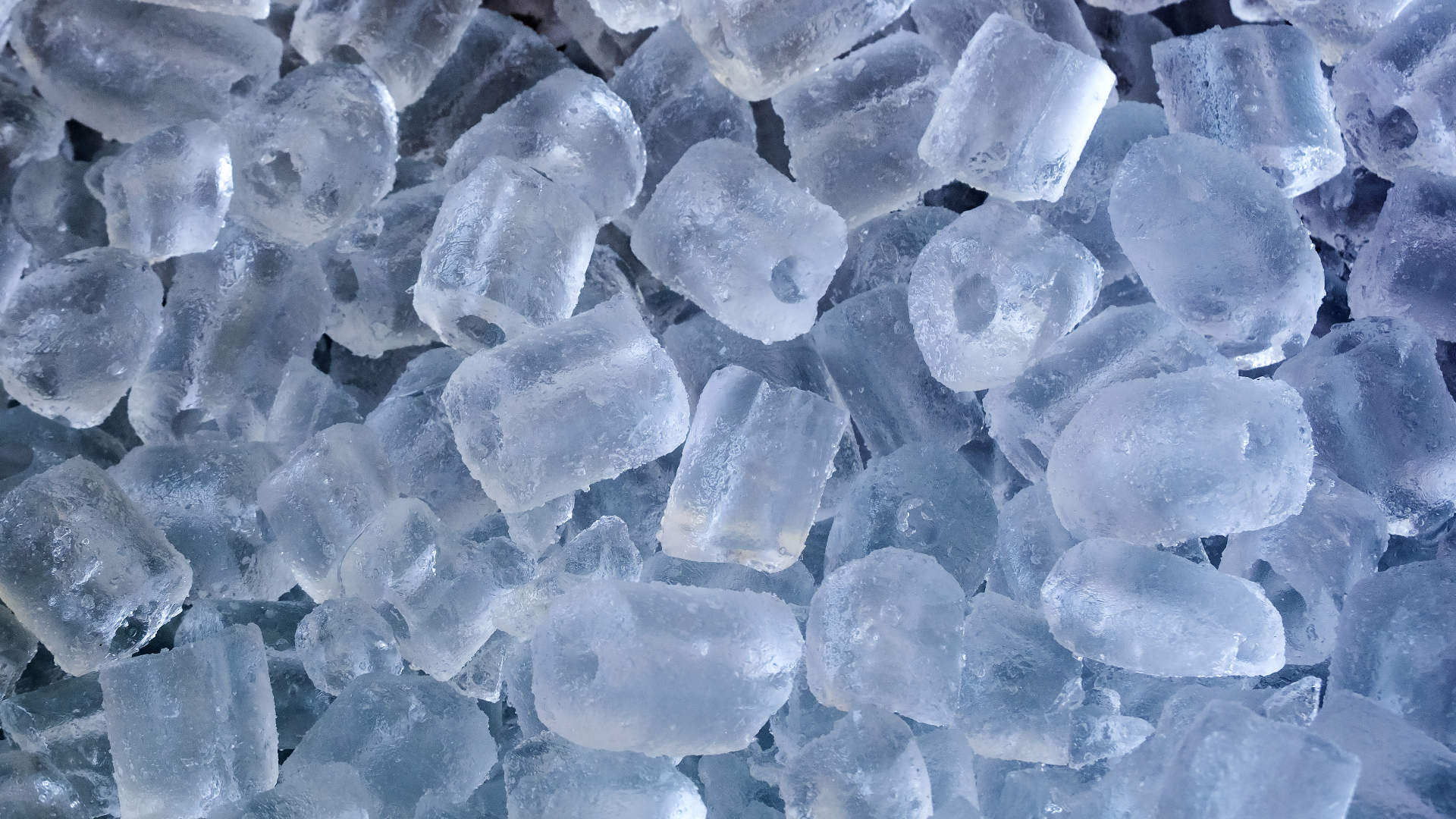
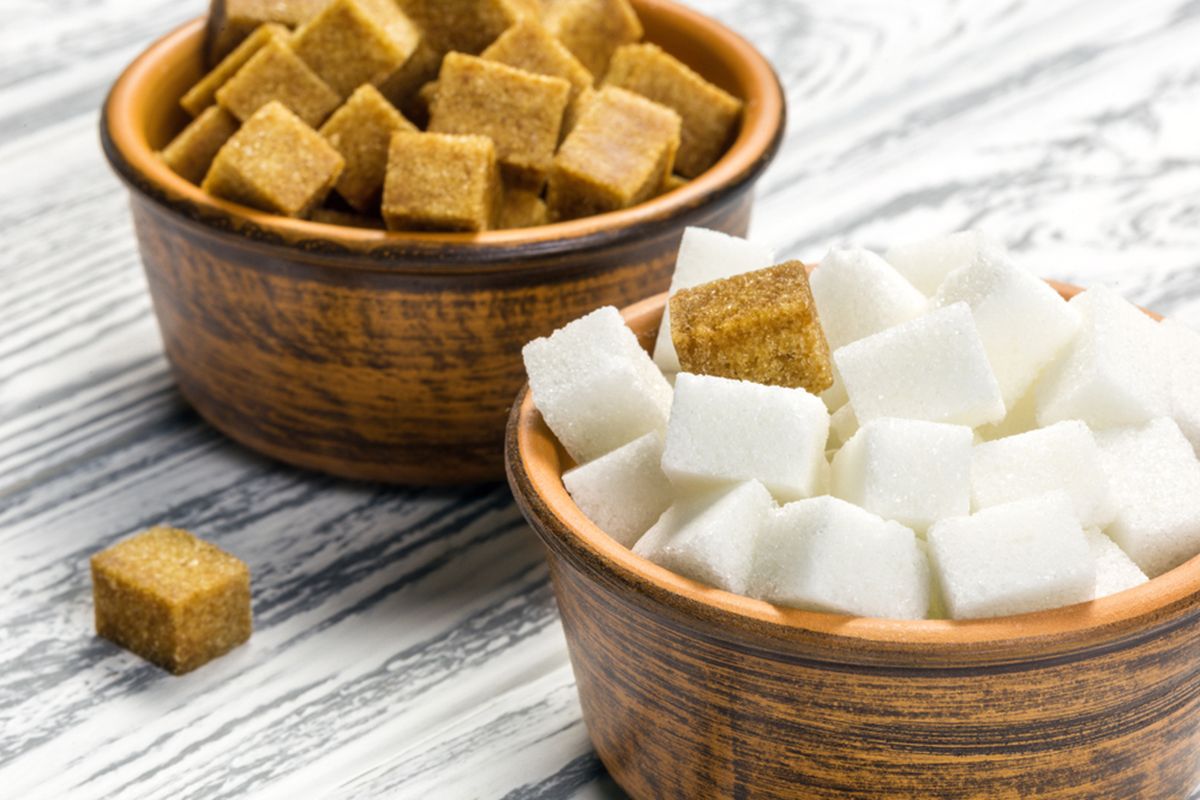
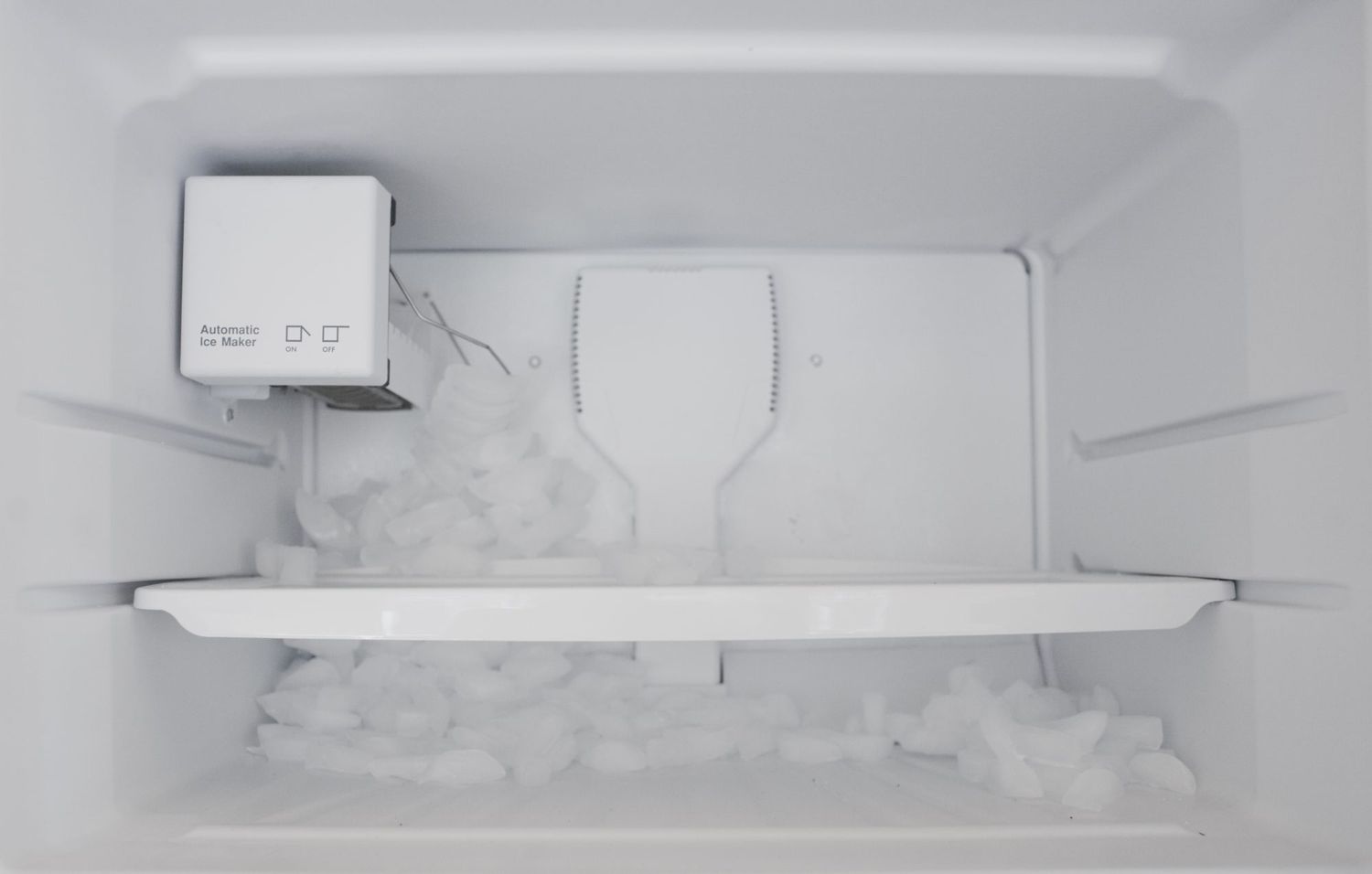
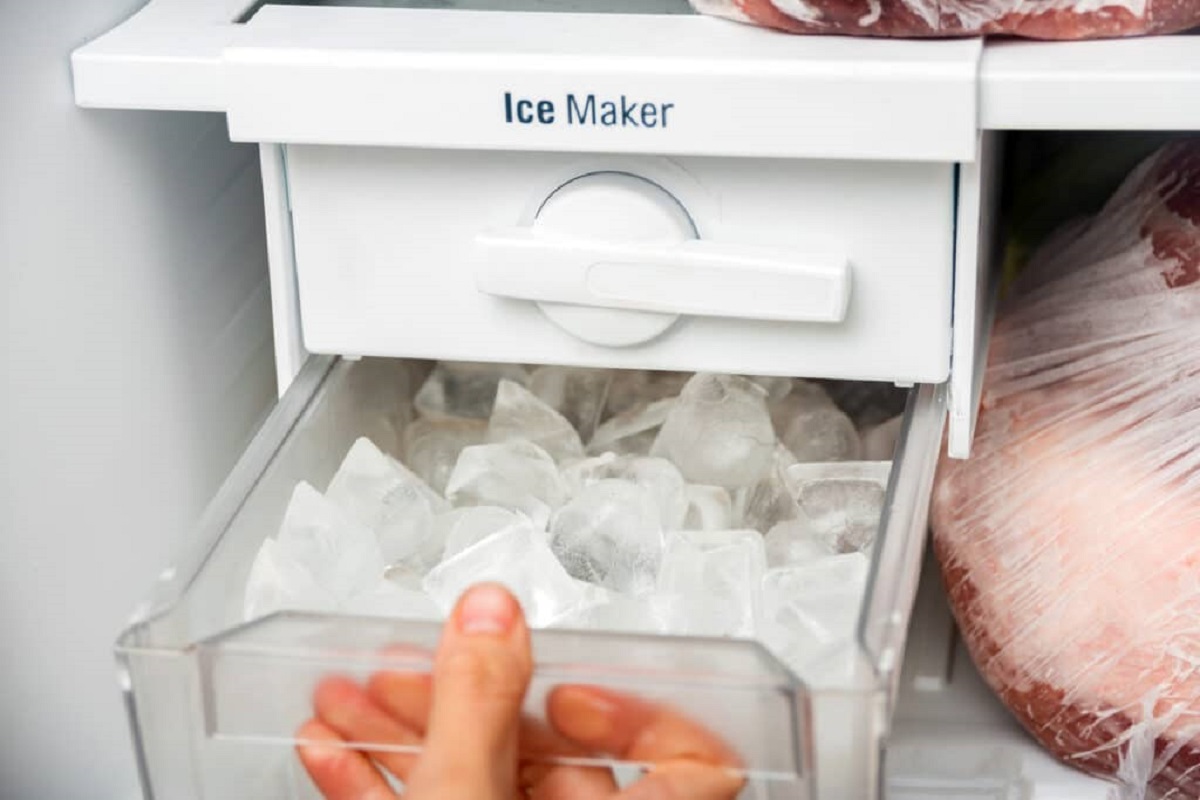
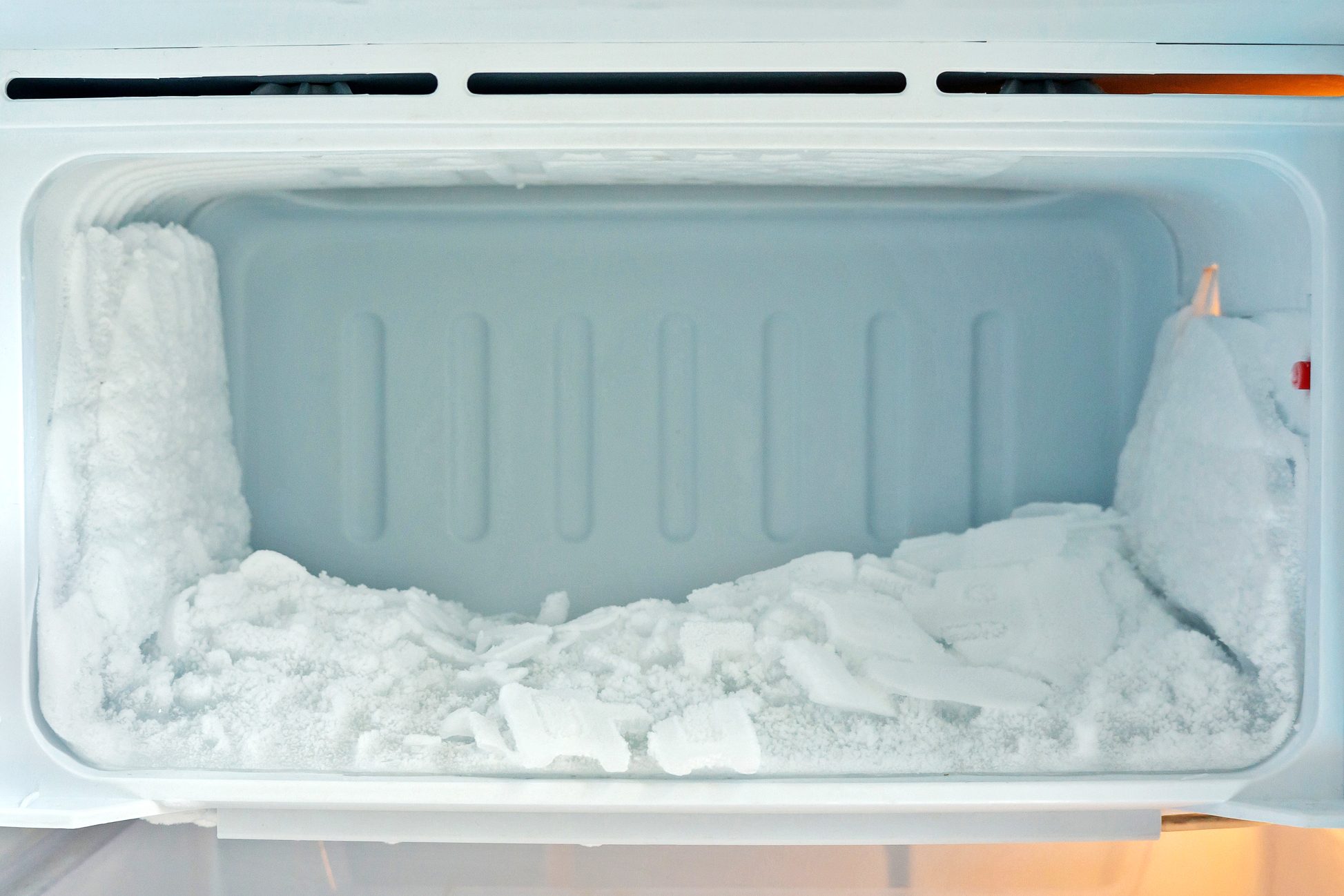

0 thoughts on “How To Store Ice Cubes In Freezer”